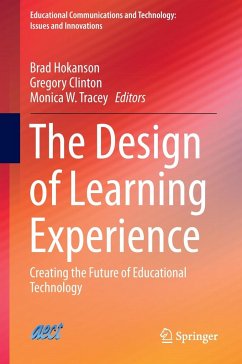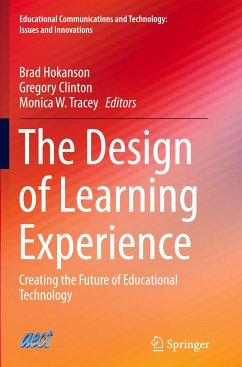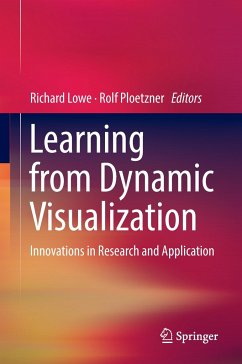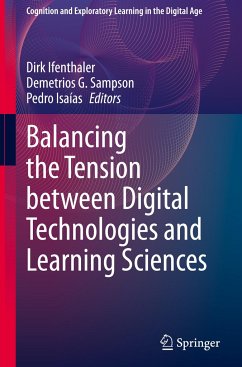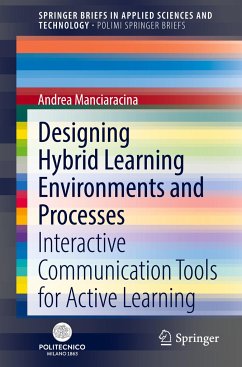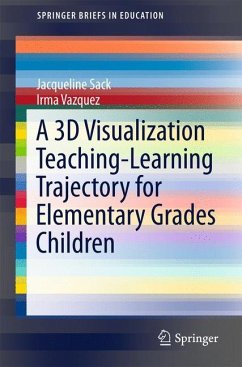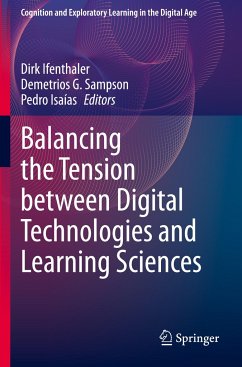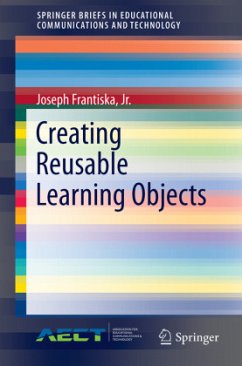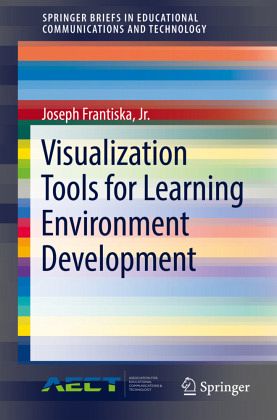
Visualization Tools for Learning Environment Development

PAYBACK Punkte
19 °P sammeln!
This brief discusses and explains how an educator can use various tools (Use Case, IPO diagrams, flowcharts, entity-relationship diagrams, information mapping) to help visualize how a learning environment will work. Such tools were originally developed for use by software engineers but as the complexity of learning environments has increased with various interfaces and processing, both educators and students have developed a need to understand the design and development of visualization tools. The primary audiences for this text are K-12 and post-secondary educators and instructional designers...
This brief discusses and explains how an educator can use various tools (Use Case, IPO diagrams, flowcharts, entity-relationship diagrams, information mapping) to help visualize how a learning environment will work. Such tools were originally developed for use by software engineers but as the complexity of learning environments has increased with various interfaces and processing, both educators and students have developed a need to understand the design and development of visualization tools. The primary audiences for this text are K-12 and post-secondary educators and instructional designers who want to use tools that will allow them to develop effective learning environments in an efficient manner. Undergraduate and graduate students in an educational technology class can also employ these tools and techniques to develop their own materials.



